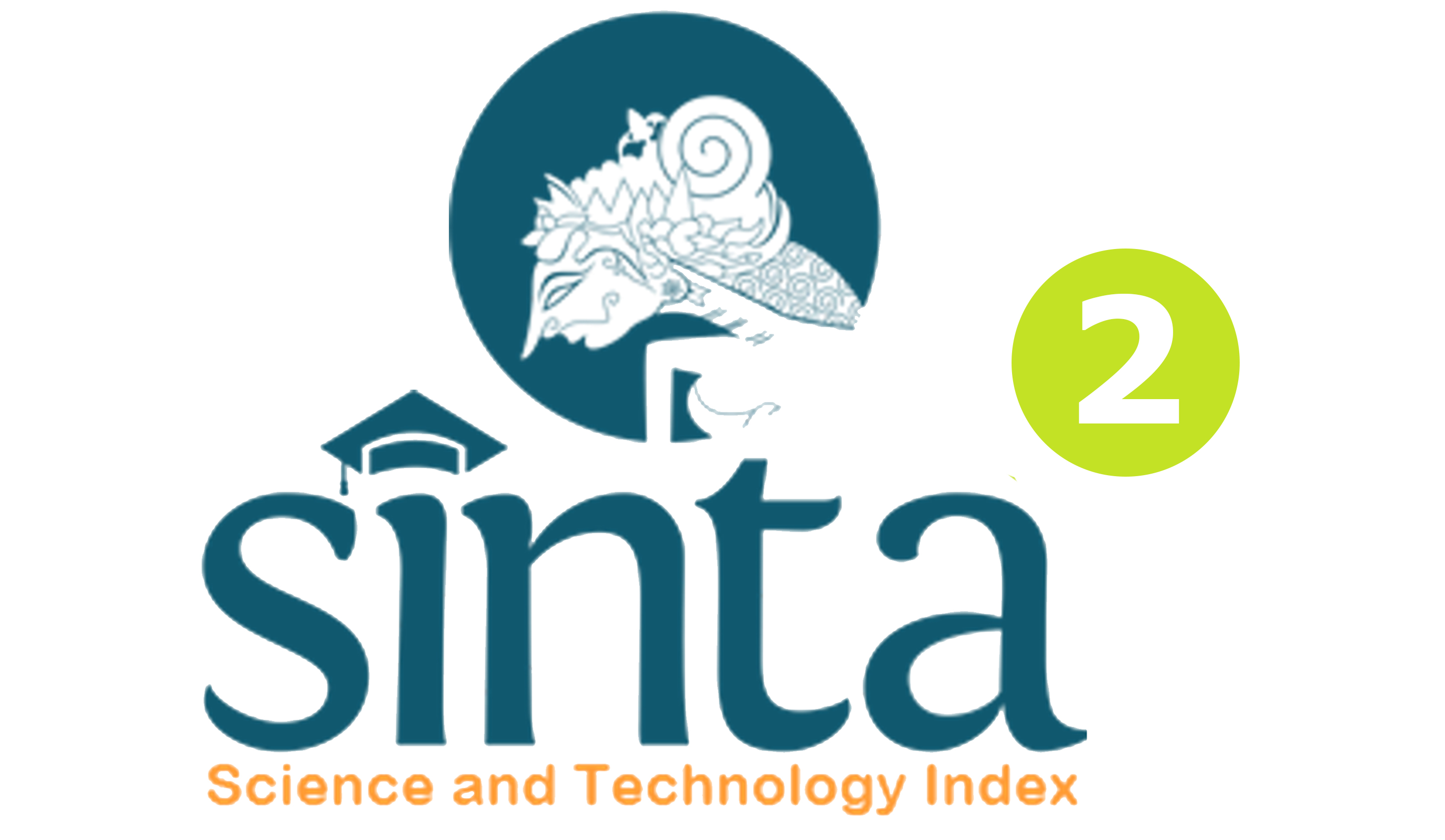The Role Of Guidance and Counseling Information Services Through Interprofessional Education
DOI:
https://doi.org/10.23887/bisma.v6i3.57128Keywords:
Guidance and Counseling, Information Service, InterprofessionalAbstract
This article was created to find out how to describe the role of guidance and counseling information services through interprofessional education. The aim of IPE is the practice of inter-professional collaboration, which involves various professions in learning about how to work together by providing the knowledge, skills and attitudes needed to collaborate effectively. This research method uses library research to examine through writings from books regarding cooperative learning models in interprofessional education. Information services are guidance and counseling services that enable students to receive and understand various information that can be used as material for consideration and decision-making for the benefit of students. Information services are services that provide information needed by individuals. Guidance and counseling services have very important functions and roles in schools, especially for students. By providing BK services the development of students will be more optimal. Counseling guidance services focus on developing personal and social aspects as well as solving problems individually. With these services it is hoped that students will be in prime condition, so that they can learn and develop themselves personally. According to WHO Interprofessional education or IPE is an educational process that involves two or more types of professions. Interprofessional education can occur when several students from various professions learn about other professions, learn together with one another to create effective collaborations.
References
A Hallen, (2005), Bimbingan Dan Konseling, Jakarta: Quantum Teaching.
Dimiyati dan Mujiono, (1999), Belajar dan Pembelajaran, Jakarta: PT Rineka Cipta
Hartono,(2005). Psikologi Konseling, Jakarta:Kencana.
EQ-Project. (2011). Mahasiswa kesehatan harus tahu: Berpatisipasi dan berkolaborasi dalam sistem pendidikan tinggi ilmu kesehatan. Jakarta: Dikti Kemendikbud
HPEQ-Project. (2012). Apa kata mahasiswa, Hasil kajian partisipasi dan kolaborasi mahasiswa kesehatan di Indonesia. Jakarta: Dikti Kemendikbud.
Hikmawati Fenti,(2011), Bimbingan dan Konseling, Edisi Revisi. Jakarta: PT Raja Grafindo Persada.
Imron Ali, (2011). Manajemen Peserta Didik Berbasis Sekolah, Jakarta, Bumi Aksara.
Lumongga Namora,(2011), Memahami Dasar-Dasar Konseling Dalam Teori Dan Praktik, Jakarta: Kencana
Mirzaqun.T.A dan Budi Purwoko. (2017). Studi kepustakaan mengenai landasan teori dan praktek konseling expressive writing. Jurnal BK Unesa 8(1)
Prayetno dan Erman,(2004), Dasar-Dasar Bimbingan Dan Konseling, Jakarta: PT Rineka Cipta
Prayetno,(2009), Wawasan Profesional Konseling, Padang: Universitas Negeri Padang
Prayitno,(2017), Konseling Profesional Yang Berhasil: Layanan Dan Kegiatan Pendukung. Jakarta: Rajawali Pers
Pittilo, R.M., Ross, F.M. (1998). Policies for Interprofessional Education: Current Trends
in the UK. Education for Health 11(3):285-295.
Rusman. (2018). Model-model Pembelajaran Mengembangkan Profesionalisme Guru. Jakarta: PT Raja Grafindo Persada.
Tohirin,(2007), Bimbingan Dan Konseling Di Sekolah Dan Madrasah (Berbasis Integrasi). Jakarta: PT Raja Grafindo Persada.
Tohirin, (2014), Bimbingan dan Konseling di Sekolah dan Madrasah (Berbasis Integrasi). Jakarta: PT Raja Grafindo Persada.
Sullivan. Mary, Kiovsky. Richard, J. Mason, Diana, Cordelia LMSW; Dukes, Carissa.Interprofessional Collaboration and Education. AJN The American Journal of Nursing: March 2015 -Volume 115 – Issue 3 - p 47–54
Syaifurahman & Ujiati, T. (2013). Manajemen dalam Pembelajaran. Jakarta Barat: PT Indeks.
Winkel W.S., (2009), Psikologi Pengajaran, Yogyakarta: Media Abadi
World Health Organization (2010). Framework for Action on Interprofessional Education and Collaborative Practice. Geneva: World Health Organization
World Health Organization (WHO). (2010). Framework for action on interprofessional education & collaborative practice. Geneva: World Health Organization.
Downloads
Published
Issue
Section
License
Copyright (c) 2022 Mardiani Bebasari

This work is licensed under a Creative Commons Attribution 4.0 International License.









